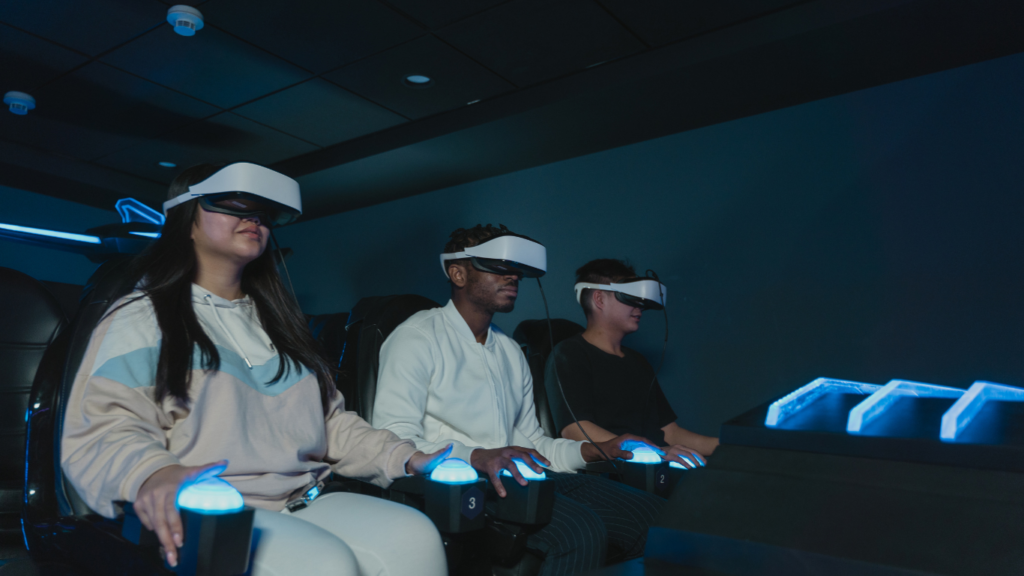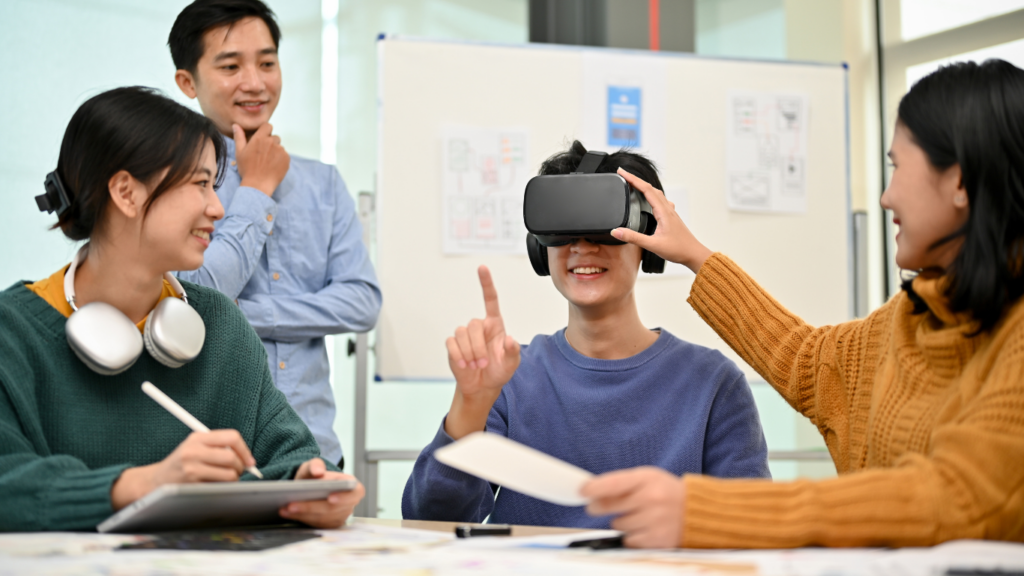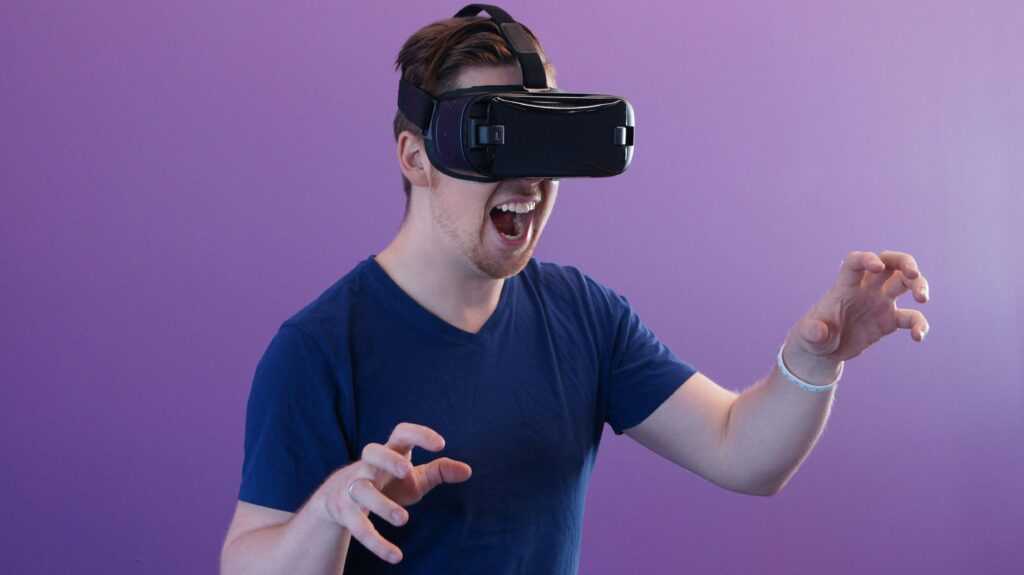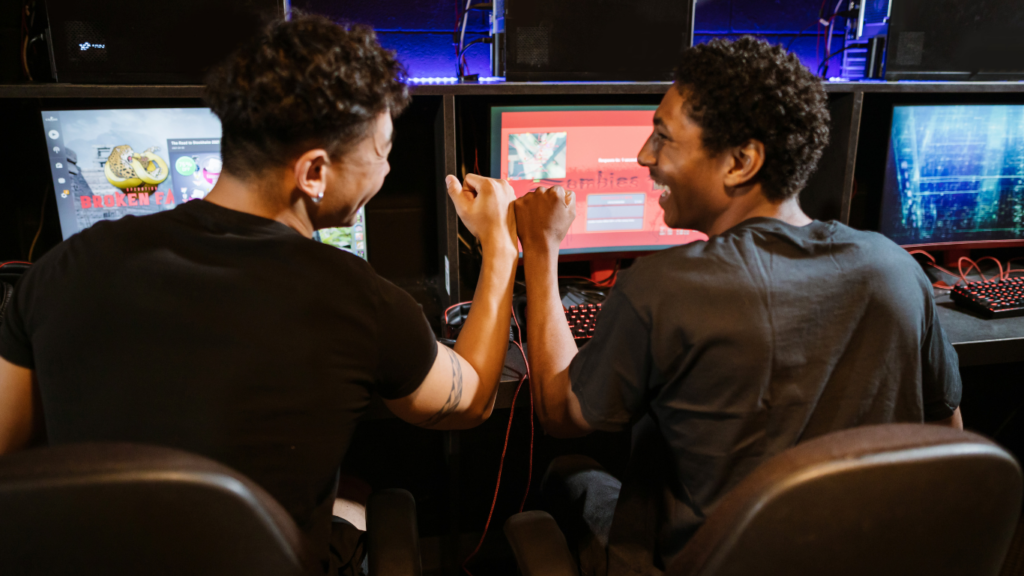Stepping into the immersive world of Virtual Reality (VR) has always been a solo adventure. However, as technology advances, the landscape of multiplayer dynamics in VR is undergoing a fascinating evolution.
In this article, I’ll delve into the exciting realm where virtual experiences are no longer solitary but shared with others in real-time. Gone are the days of isolated VR gameplay; today, collaborative and competitive multiplayer modes are revolutionizing how we interact in virtual environments.
From team-based missions to social hubs, the possibilities in VR multiplayer are endless. Join me as we explore how these evolving dynamics are reshaping the way we connect, compete, and collaborate in the digital realm.
Overview of Multiplayer Dynamics in Virtual Reality (VR)
Exploring the landscape of multiplayer dynamics in Virtual Reality (VR) unveils a realm where shared virtual experiences have gained significant traction. From a past dominated by solitary VR interactions, we are witnessing a profound shift towards collaborative and competitive gameplay modes in VR settings.
These multiplayer dynamics are not merely diversifying user experiences but fundamentally transforming how individuals engage within virtual environments.
In today’s VR landscape, the emergence of team-based missions and social hubs epitomizes the immersive nature of shared virtual experiences. Whether cooperating with others towards a common goal in team missions or engaging in social interactions within virtual hubs, the possibilities for connection, competition, and collaboration are boundless.
This evolution in multiplayer dynamics is revolutionizing the way individuals interact within the digital realm, paving the way for enriched and engaging virtual interactions.
The Shift to Social Interaction in VR Multiplayer Games
As multiplayer dynamics continue to evolve in Virtual Reality (VR), the focus is increasingly on social interaction. This shift towards shared virtual experiences is transforming how individuals engage with each other in VR settings.
Real-time Communication and Collaboration
In VR multiplayer games, real-time communication and collaboration are crucial elements that enhance the immersive experience. Players can interact with each other through voice chat, gestures, or even text, fostering teamwork and strategizing on-the-fly during gameplay.
This instant communication capability adds a new layer of realism and engagement to multiplayer VR environments.
Immersive Experiences and Player Engagement
Exploring the immersive experiences and player engagement in evolving VR multiplayer dynamics, I delve into the transformative impact of shared virtual interactions. The rise of collaborative and competitive multiplayer modes, such as team-based missions and social hubs, showcases the immersive nature of these shared virtual experiences.
The focus has shifted towards social interaction, redefining how players engage with each other in VR settings. Real-time communication and collaboration are fundamental in elevating the immersive experience, enabling players to interact through voice chat, gestures, or text to enhance teamwork and strategize during gameplay.
This infusion of realism and engagement adds depth to multiplayer VR environments, reshaping digital interactions and revolutionizing engagement in VR settings.
Challenges and Opportunities for Evolving Multiplayer Dynamics in VR
Exploring the evolving landscape of multiplayer dynamics in Virtual Reality (VR) unveils both challenges and opportunities that shape the future of shared virtual experiences.
- Network Latency
Addressing network latency is a pivotal challenge in multiplayer VR environments. It’s essential to ensure seamless real-time interactions to maintain the immersive nature of shared experiences. High latency can disrupt gameplay, leading to a less engaging and frustrating user experience. - Cross-Platform Compatibility
Ensuring cross-platform compatibility presents an opportunity for expanding the reach of multiplayer VR games. By allowing players using different VR headsets or platforms to interact seamlessly, developers can create larger player pools, enhancing the social dynamics and overall experience. - Content Synchronization
Achieving content synchronization across multiplayer sessions is crucial for maintaining consistency in virtual environments. Discrepancies in content presentation can hinder collaboration and gameplay, emphasizing the need for robust synchronization mechanisms to create a cohesive experience for all players. - Social Interaction Dynamics
Enhancing social interaction dynamics in multiplayer VR settings offers an opportunity to elevate player engagement. Implementing intuitive communication tools, non-verbal cues, and interactive gestures can enrich the social aspects of shared virtual experiences, fostering camaraderie and teamwork among players. - Balancing Competition and Collaboration
Striking a balance between competition and collaboration is a fundamental challenge in multiplayer VR game design. Creating gameplay scenarios that encourage both competitive spirit and cooperative strategies can enrich the gaming experience, fostering dynamic interactions among players.
As multiplayer dynamics continue to evolve in VR, overcoming challenges and leveraging opportunities will be instrumental in shaping the future of interactive and immersive virtual experiences.




